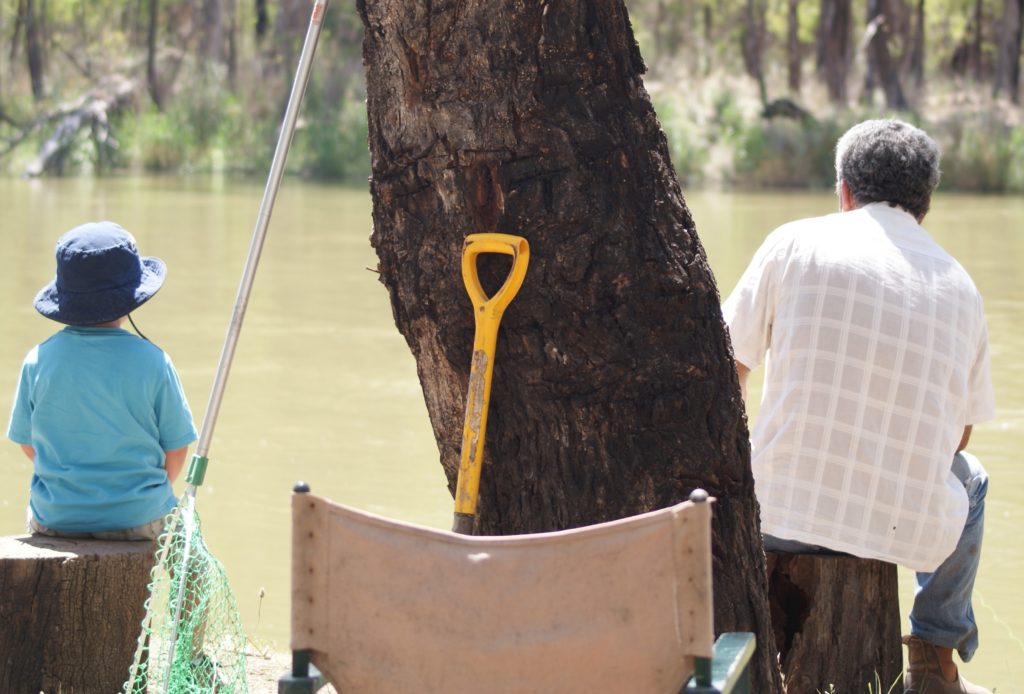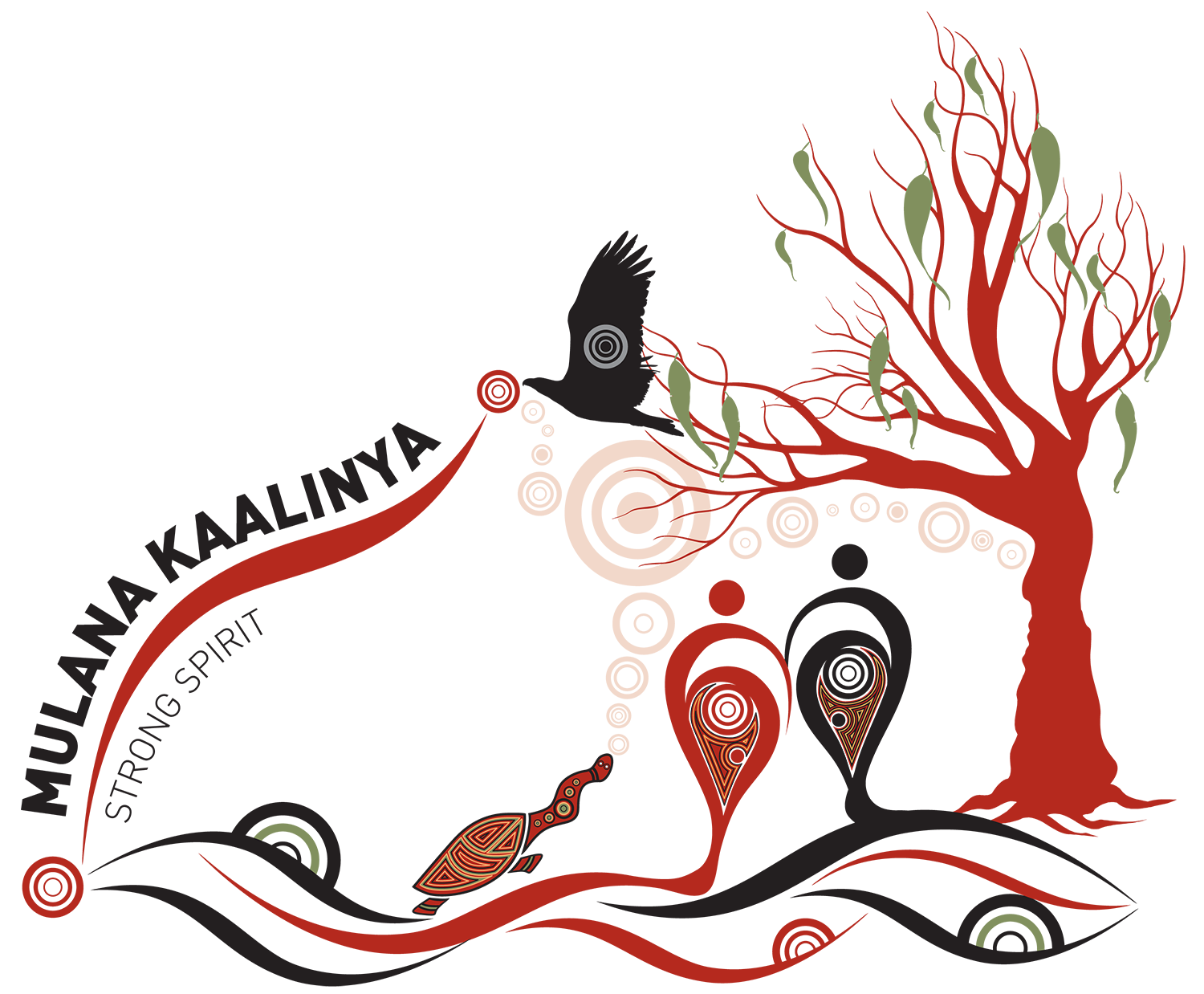2.1 Introduction
As you have previously learnt in Module One, Aboriginal people are the oldest living culture on the planet and have lived our traditional way of life as custodians of our Ancestral lands for many thousands of years.

Every tribe knew their lands and boundaries separating them from the next tribe; tribes were made up of a number of clans or family groups and they lived separately as a clan and/or came together as a tribe to undertake overarching tribal business, such as corroborees.
In Aboriginal society, men and women had their specific roles in the tribe and clan which included fishing, hunting and collecting food, raising their boys and girls to become strong men and women, and only ever taking from the land, what they needed to feed their tribe and clan.
Our Ancestors had an incredible knowledge of the land and exceptional land use methods that sustained them and their land and much of this was and continues to be due to our strong connection to our creator and Ancestral beings, and sense of responsibility, as caretakers of the land. For example, fire stick farming is the practice of burning off areas of land when moving onto another area. This would regenerate growth of plants and prevalence of animals so that when our tribe or clan returned to that area, the food would be replenished.
Today, our tribes, family groups and traditional owner organisations continue to work together to nurture, strengthen and maintain our connection to our cultural, traditional and spiritual practices and families.

